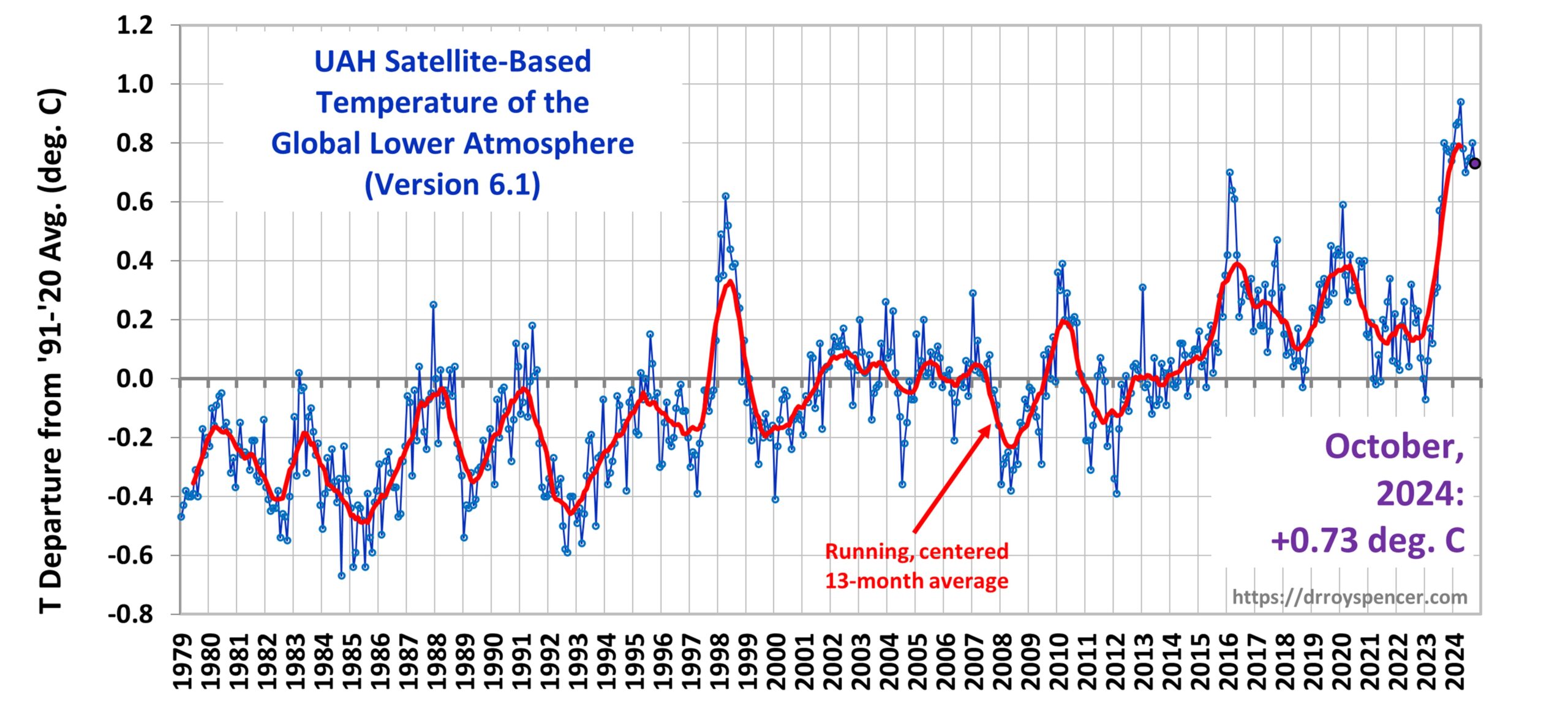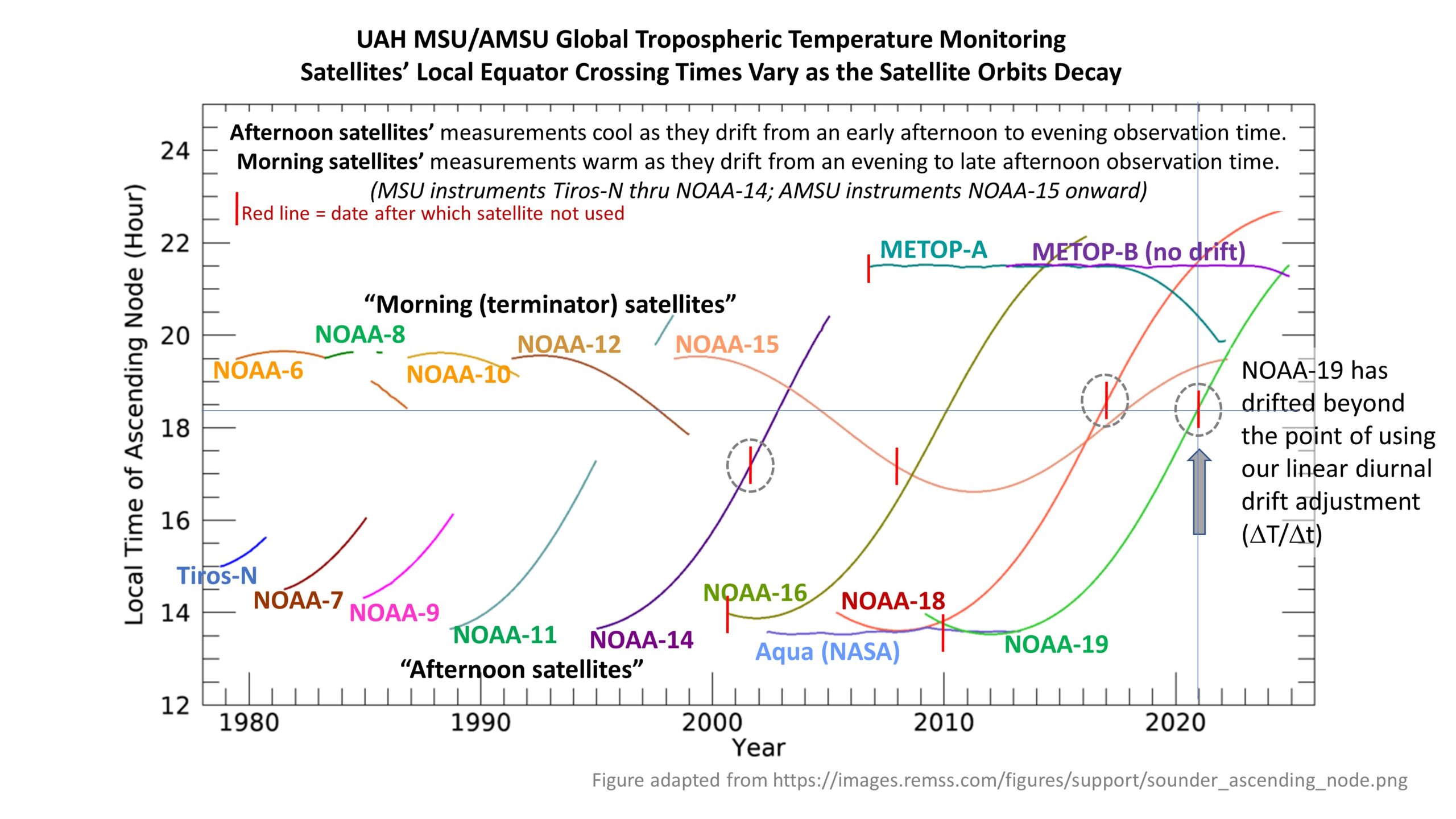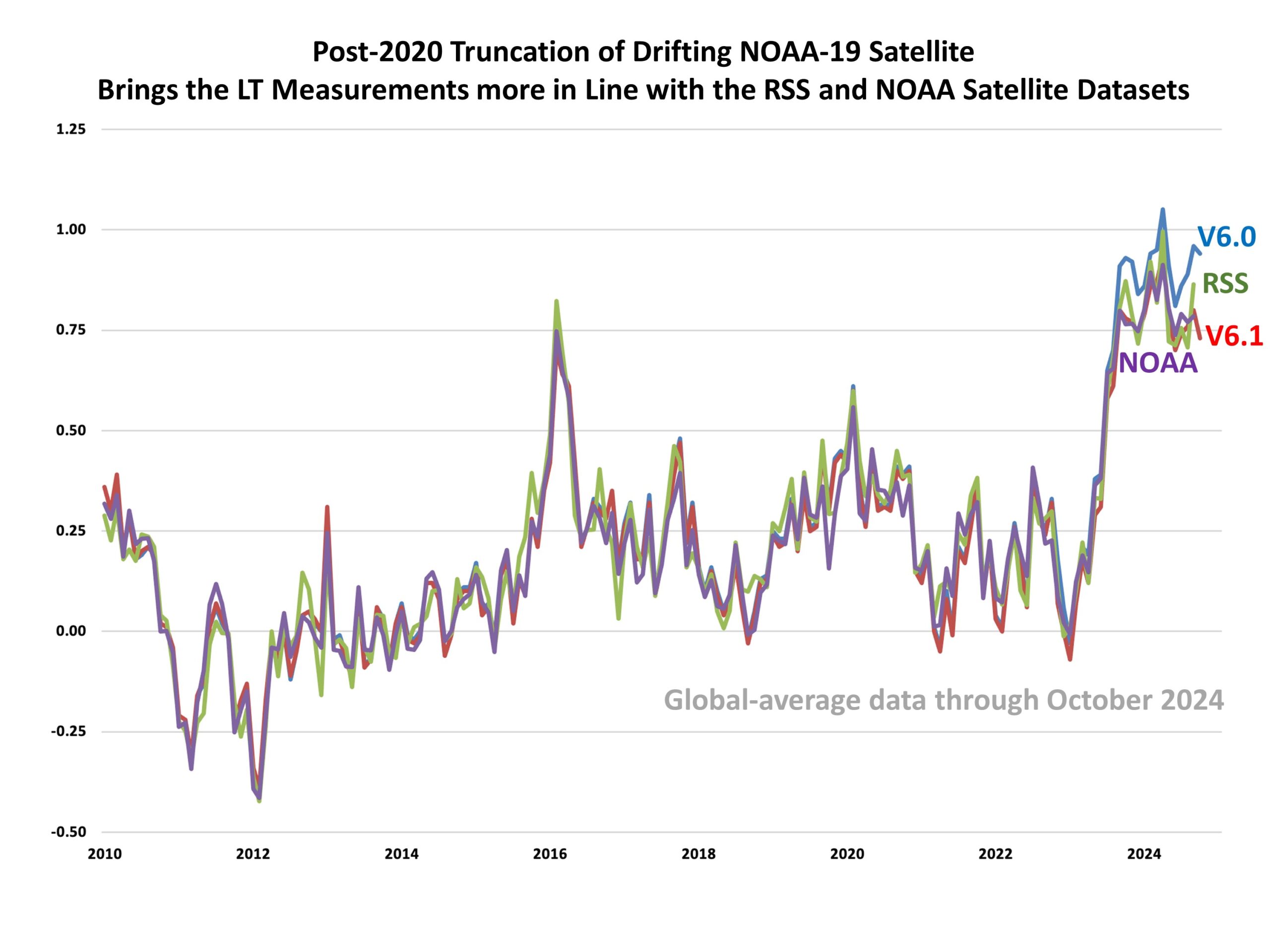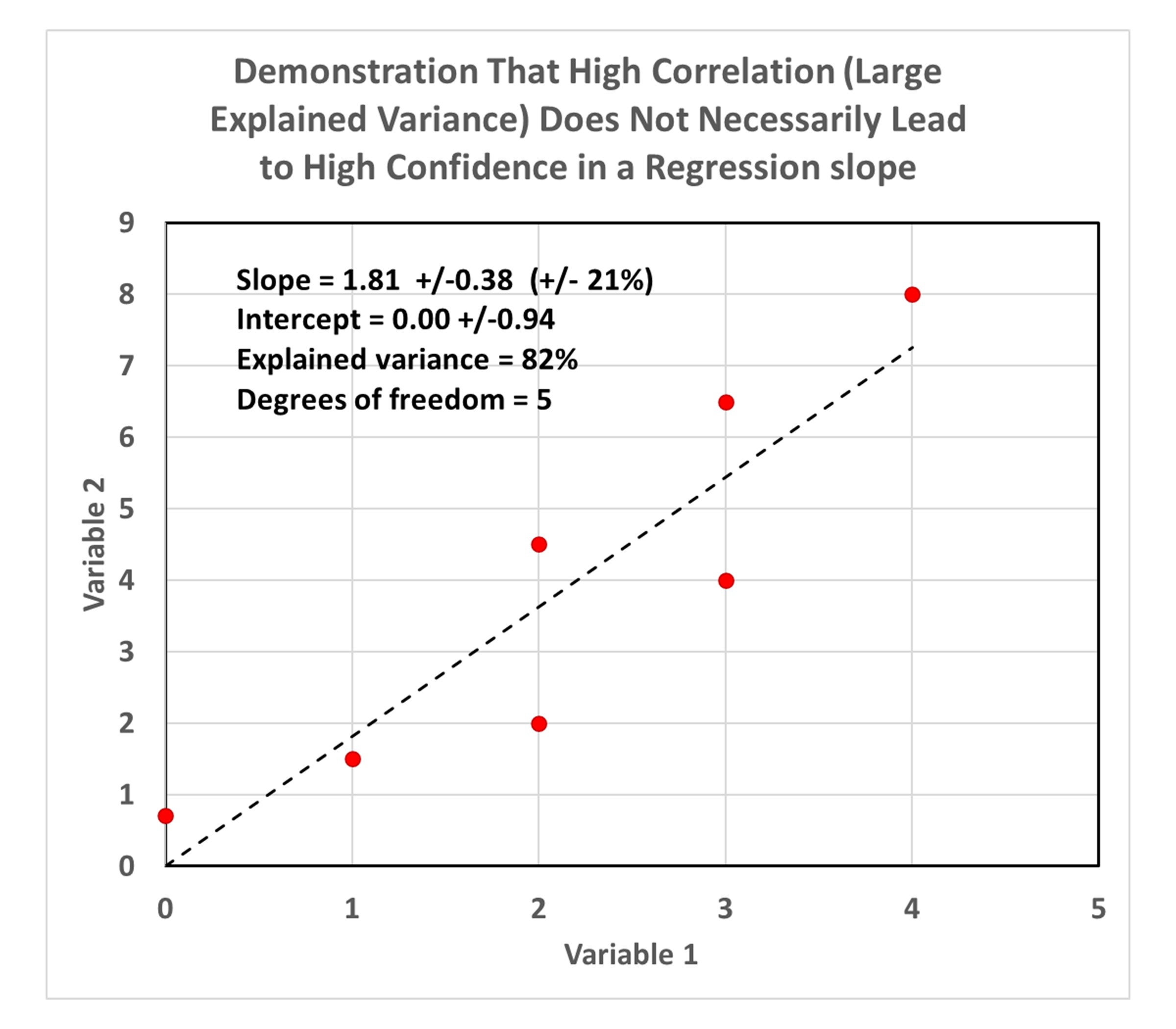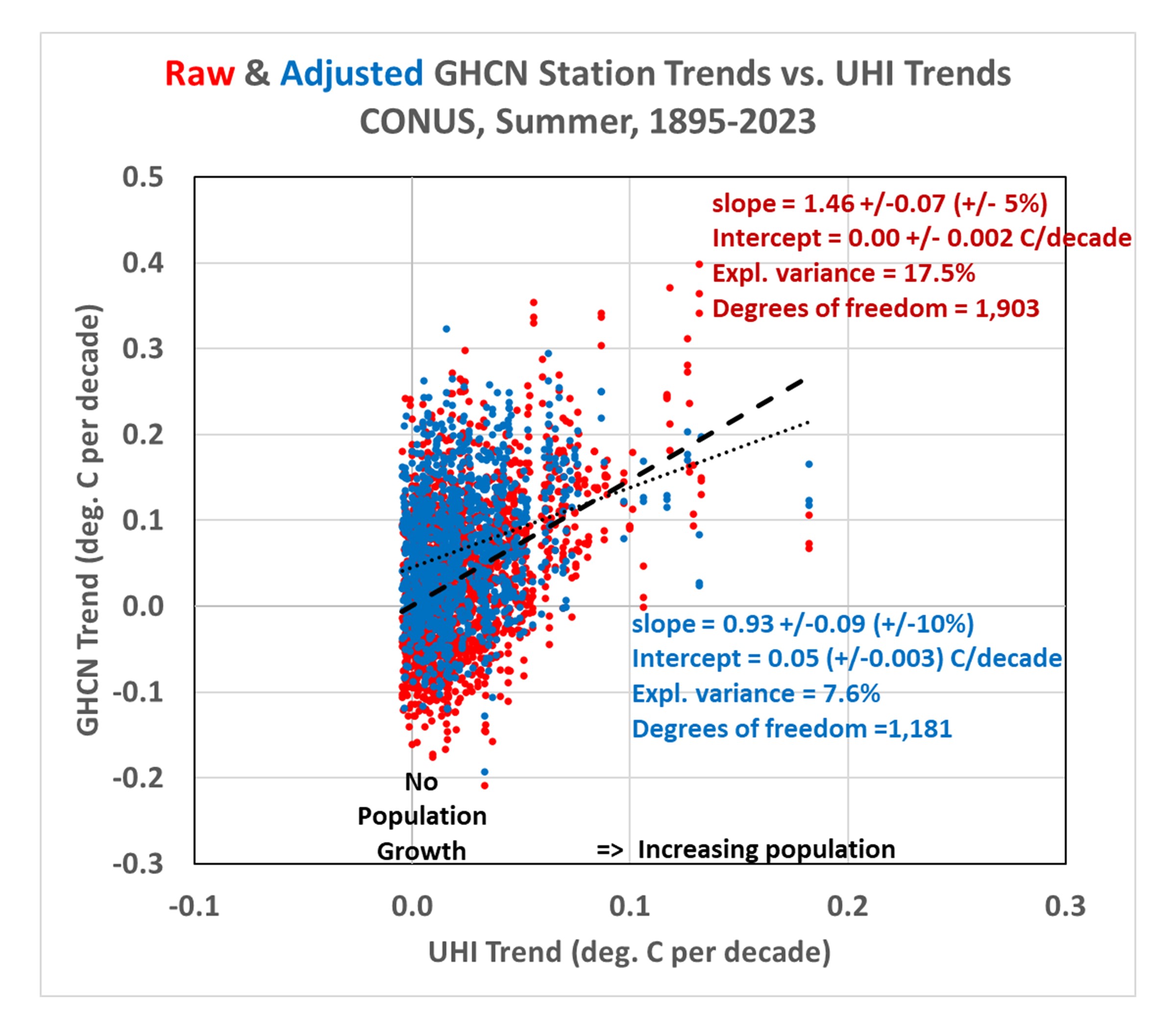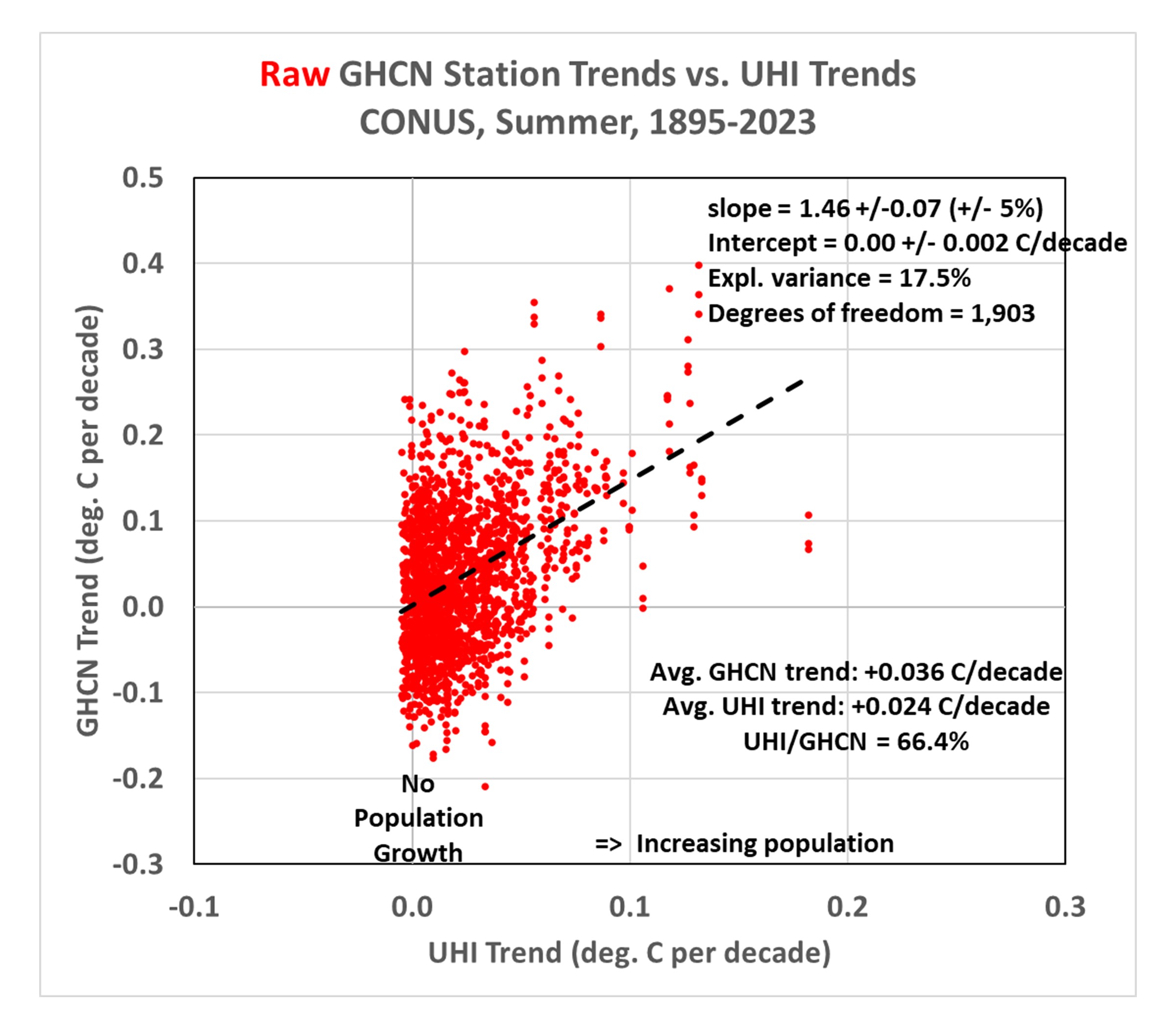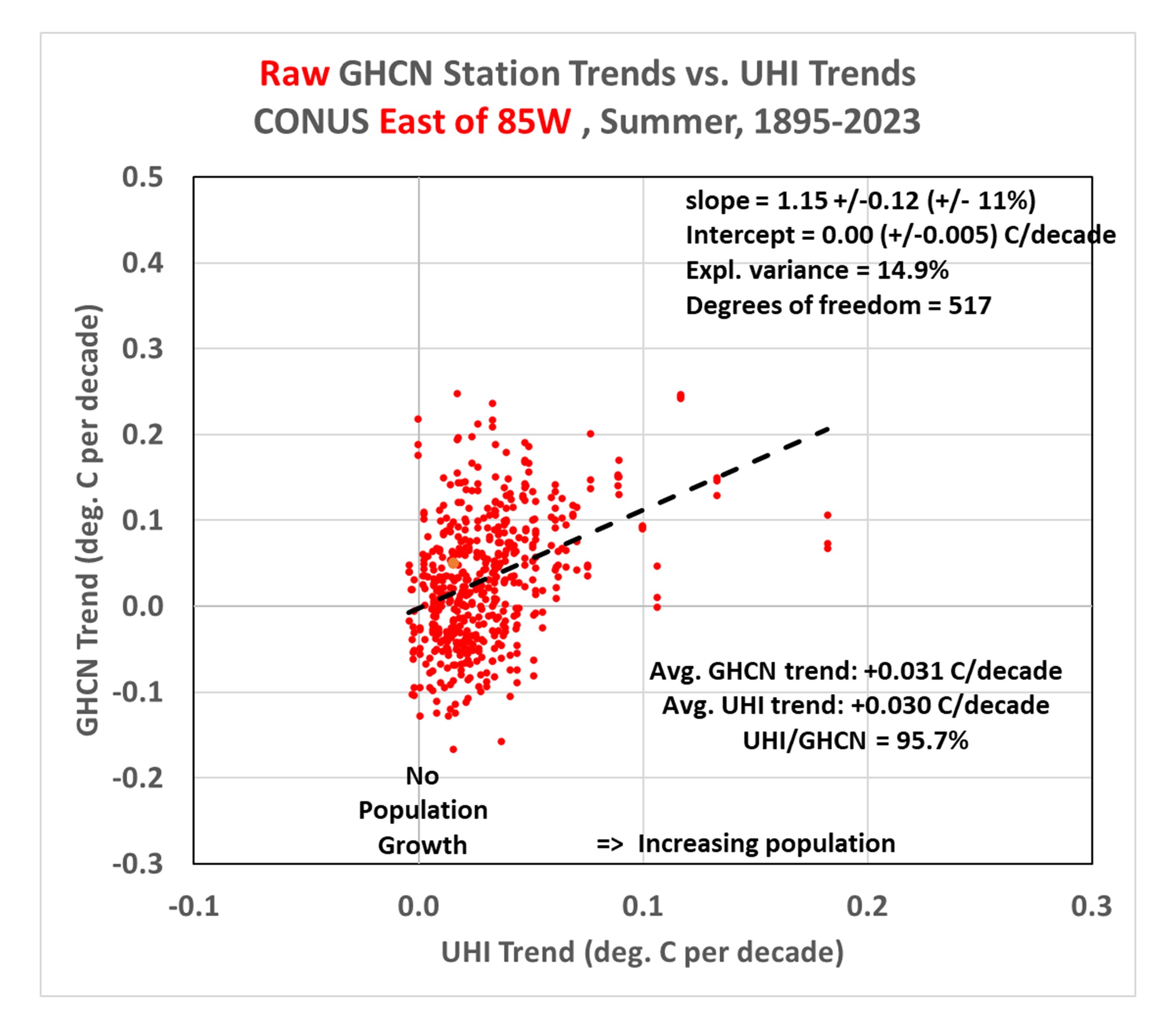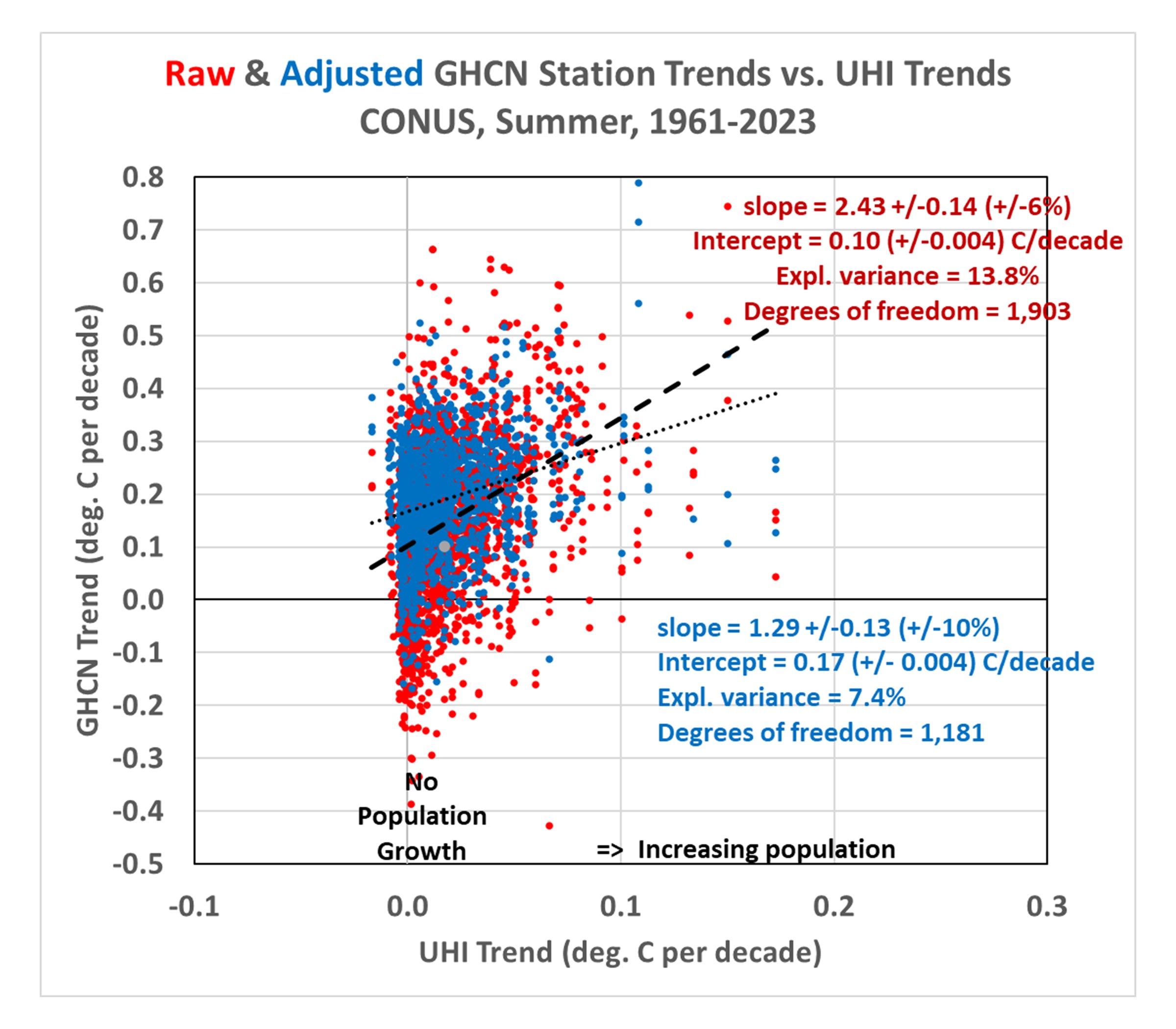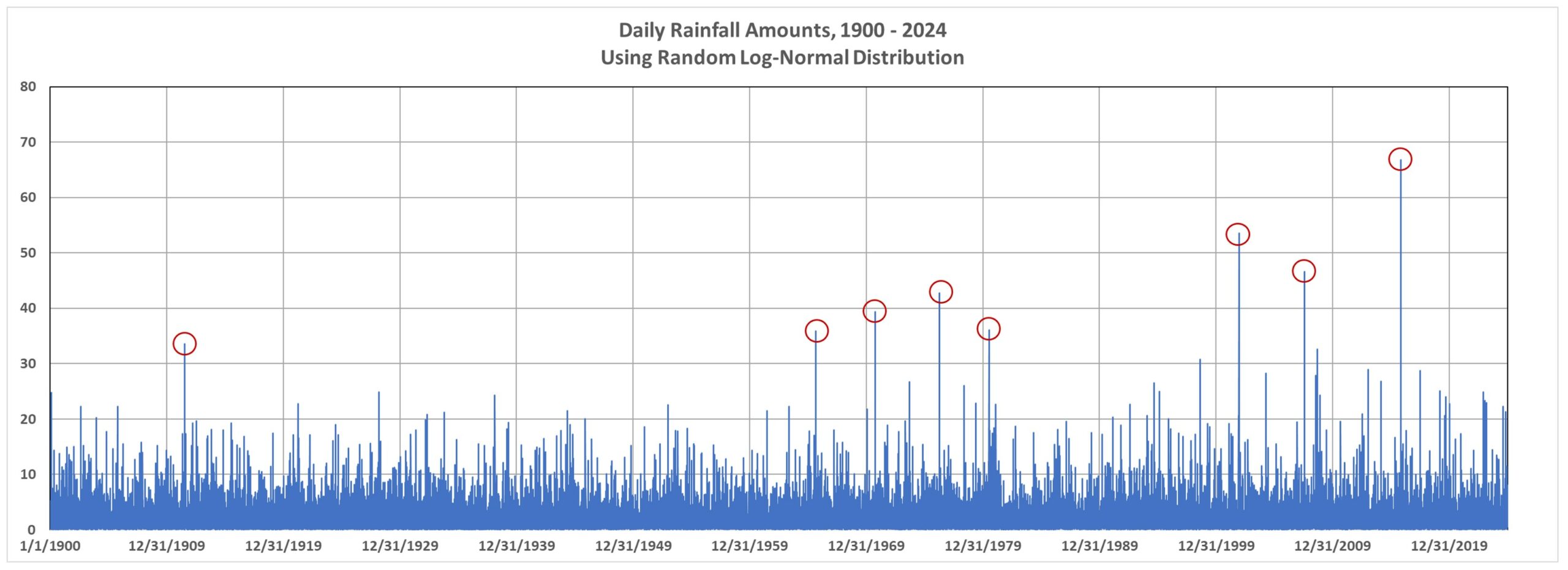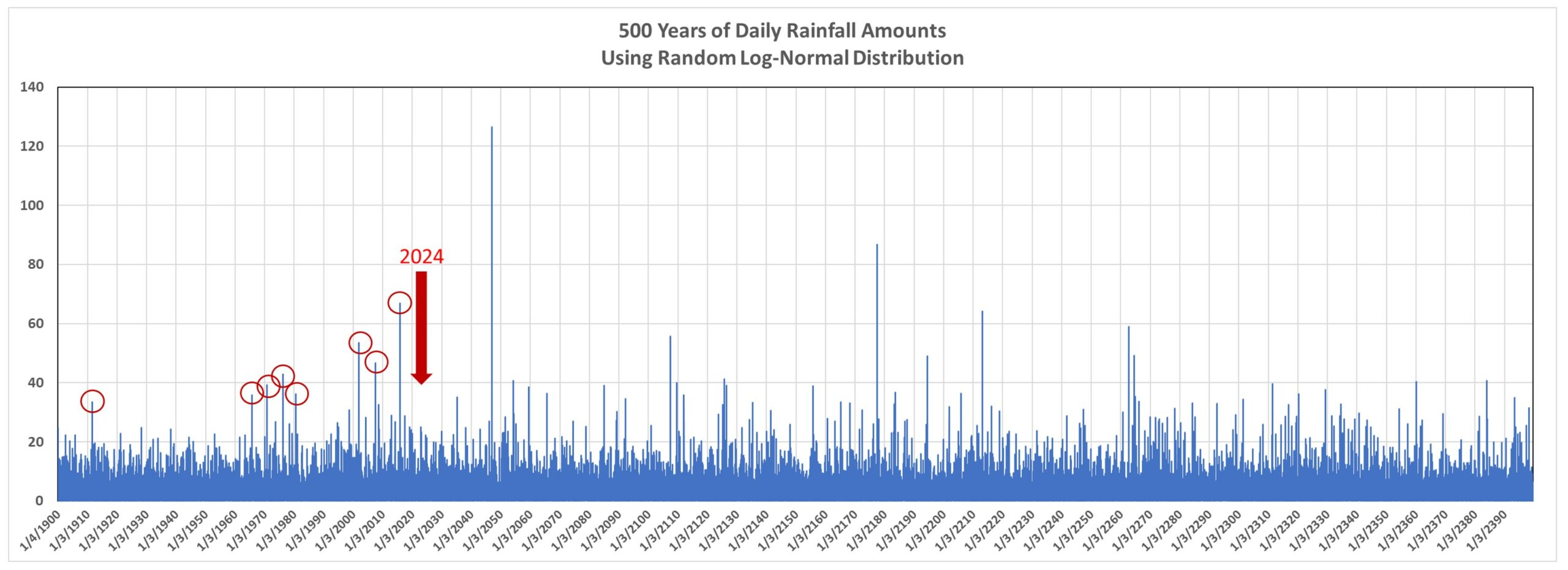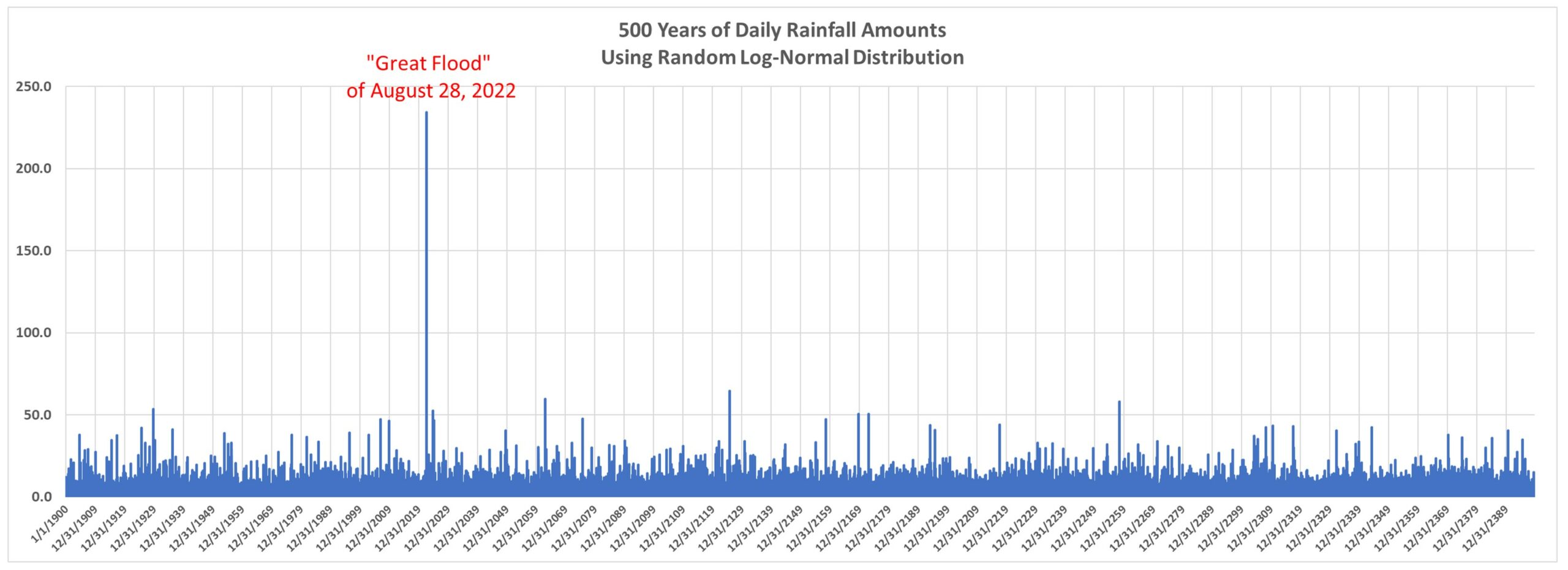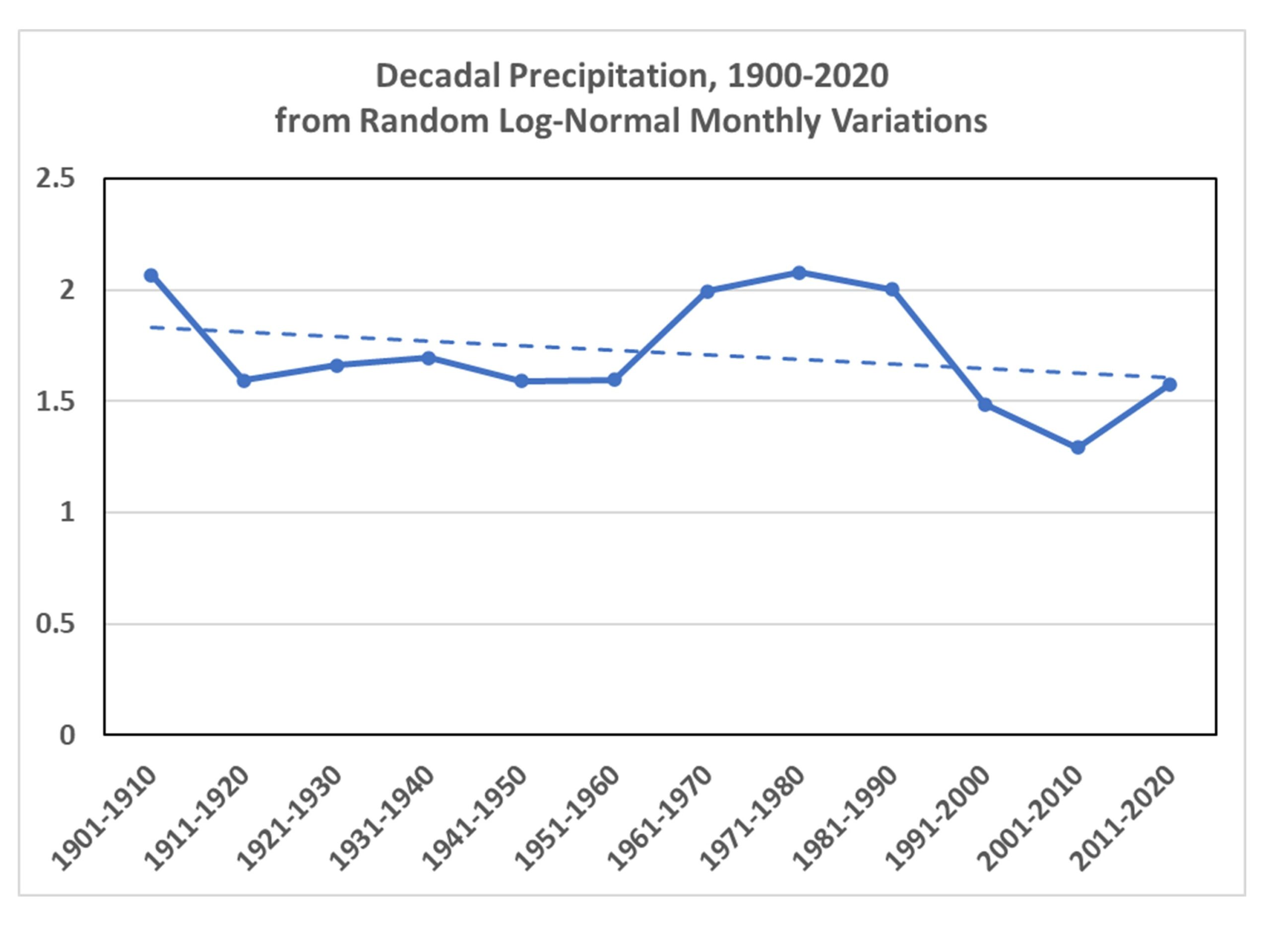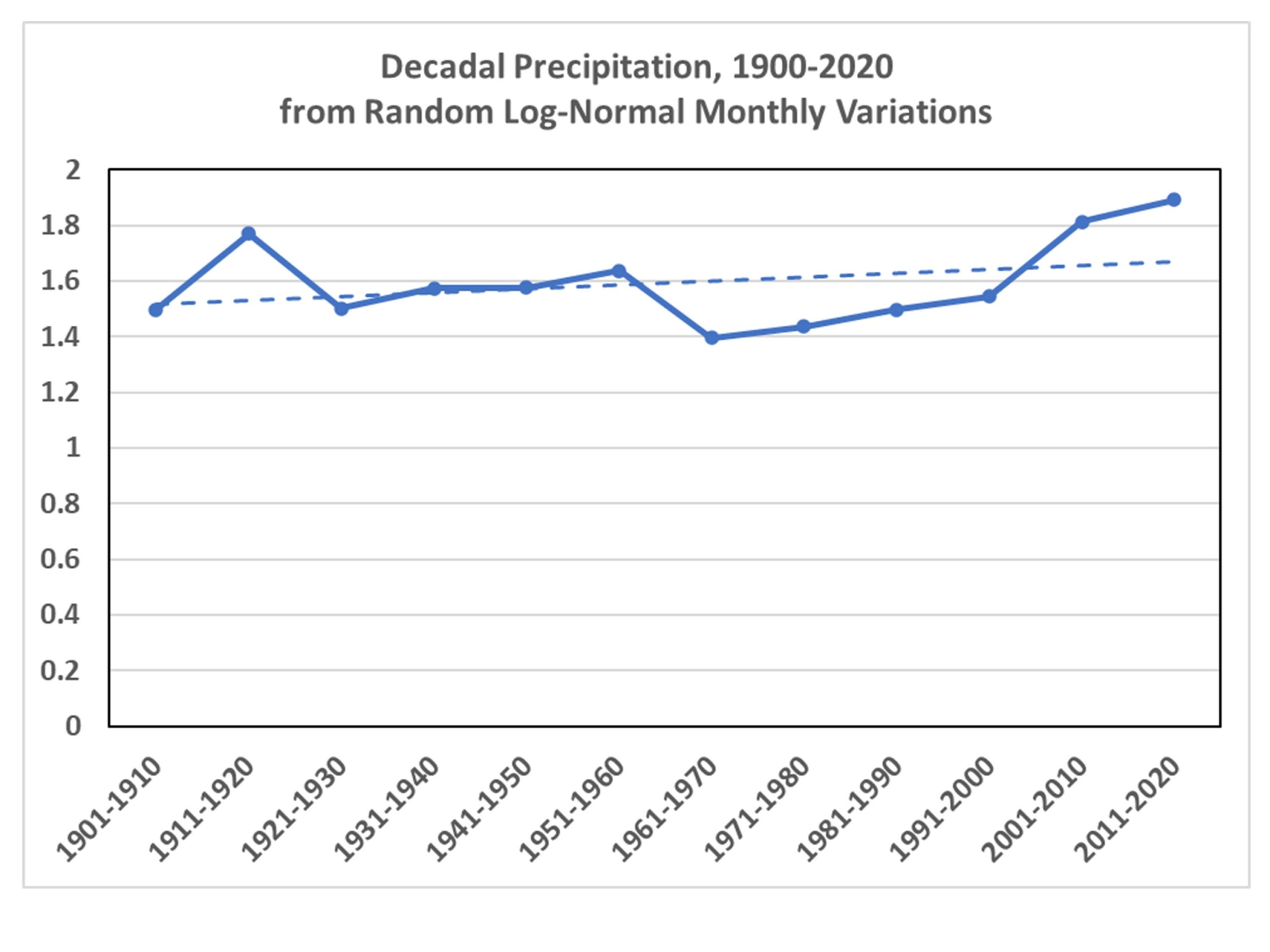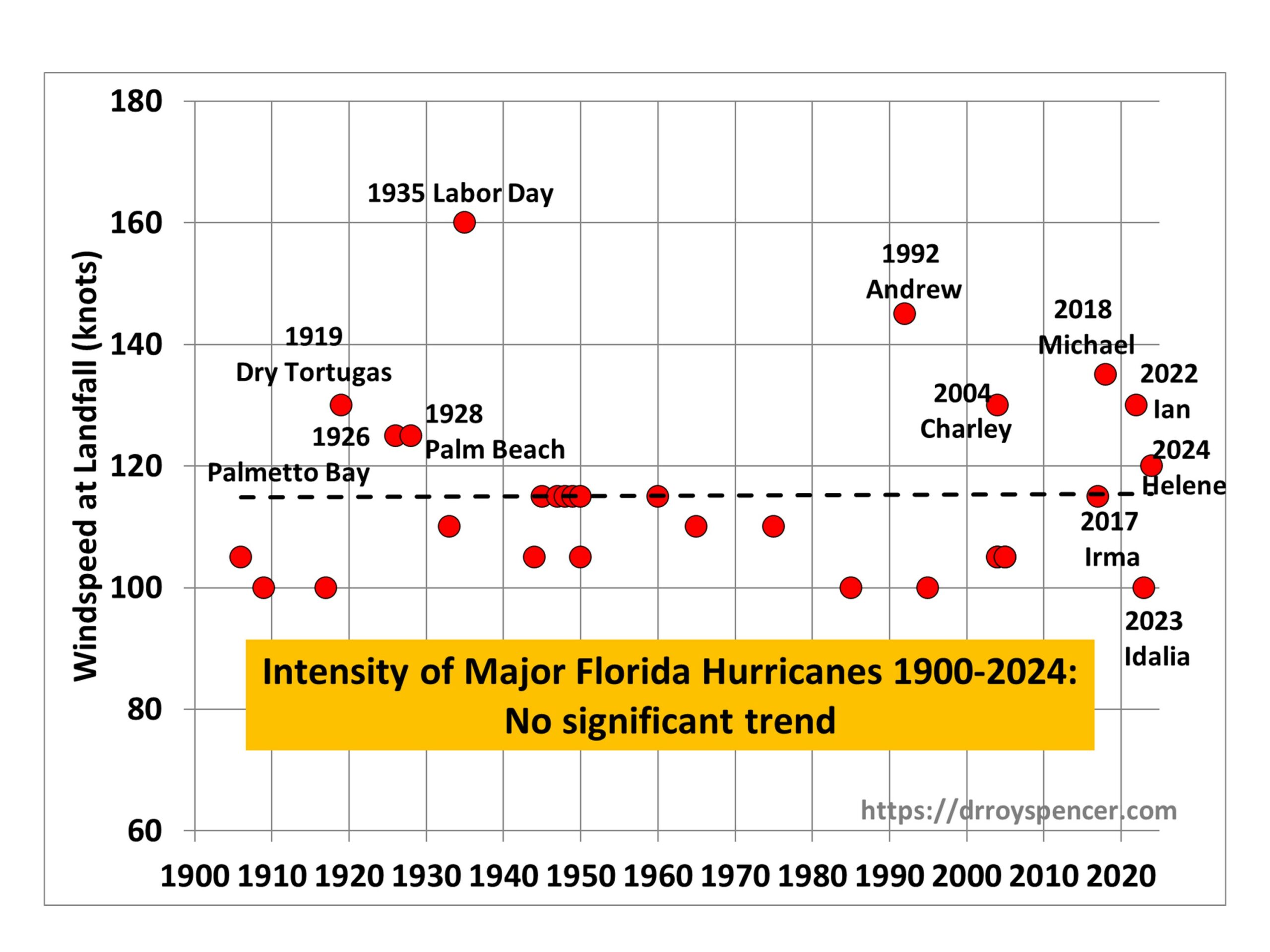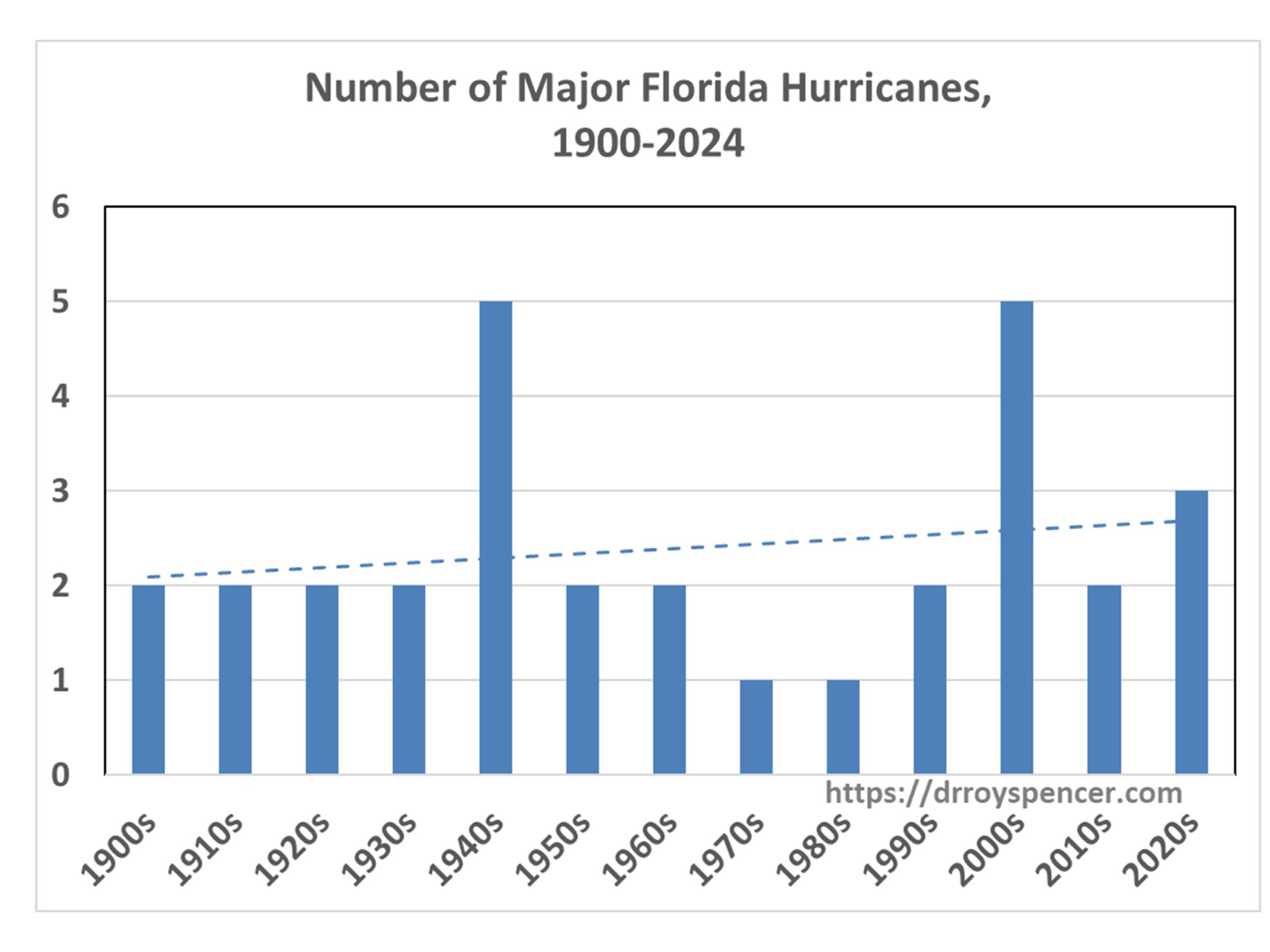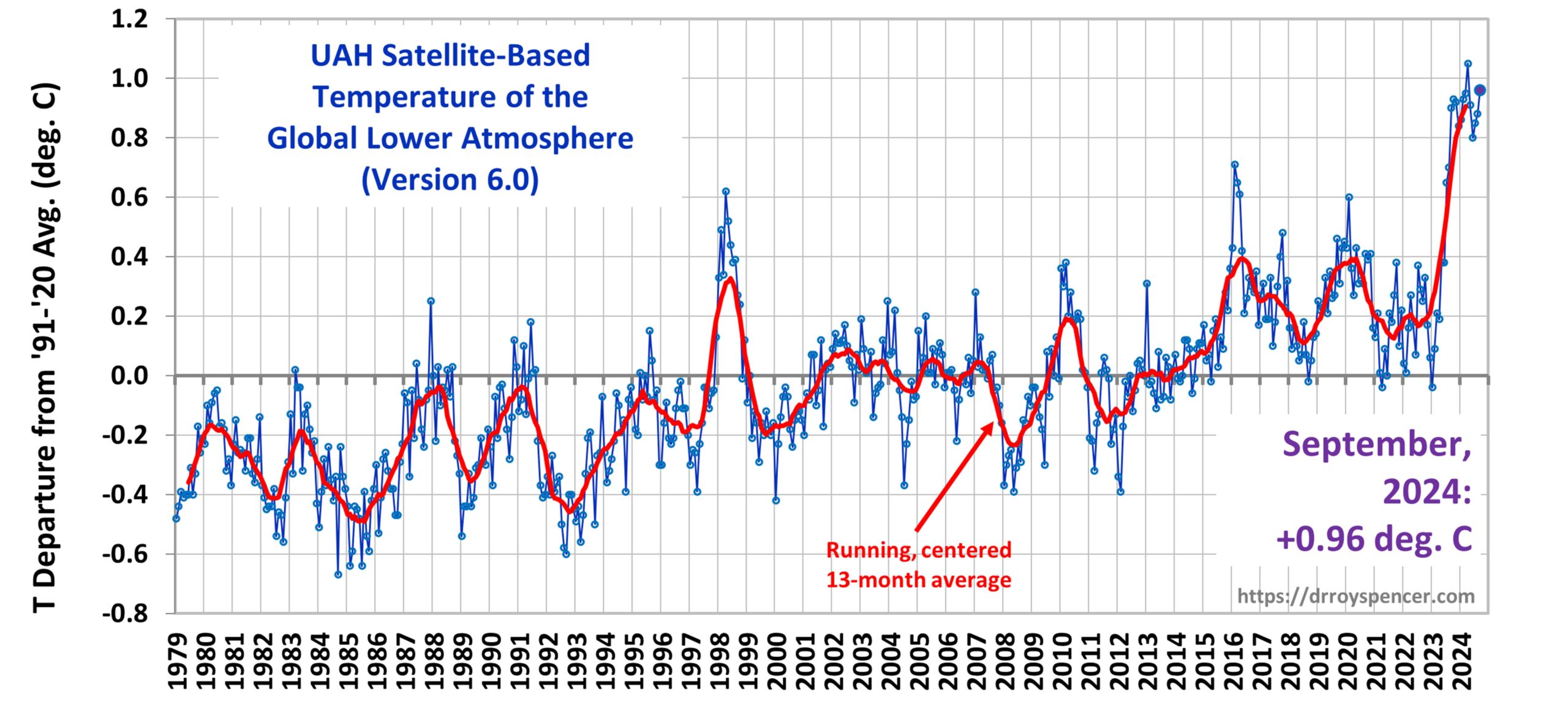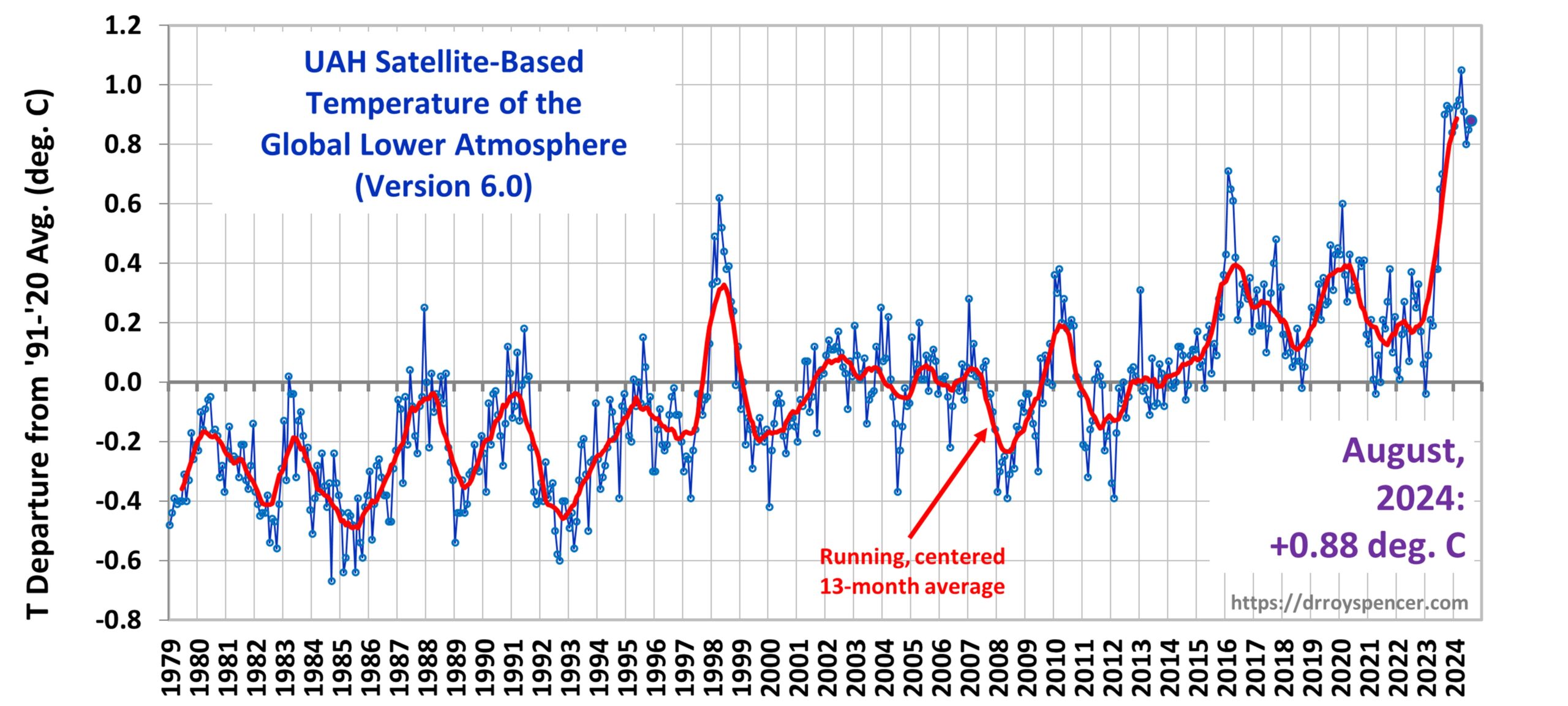This is the first of what will likely be a series of posts regarding urban heat island (UHI) effects in daily record high temperatures. My previous UHI work has been using the GHCN monthly average station data of “Tavg” (the average of the daily maximum [Tmax] and minimum [Tmin] temperatures). So, I’m moving from Tavg to Tmax (since record high temperatures are of so much interest), and daily rather than monthly values (although I will also sometimes include monthly results to provide context).
This post is mostly a teaser. Toward the end I will describe a new dimension to our UHI work I’m just starting.
The 2024 Poster Child for U.S. Warming: Palm Springs, CA
I was guided by a Google search on U.S. record high temperatures for 2024, and it seems Palm Springs, California was the place to start.
With a name like “Palm Springs” this place sounds like a wonderful spot to lounge under palm trees and enjoy the cool, refreshing spring water that surrounds you. Instead, the location is largely a desert, with the original downtown spring spitting out 26 gallons a minute of hot water. The “palms” do exist… they are “desert palms”, naturally growing in clusters where groundwater from mountain snowmelt seeps up through fissures connected to the San Andreas fault.
Like all U.S. metropolitan areas, the population growth at Palm Springs in the last 100+ years has been rapid. Even in the last 50 years the population has nearly doubled. Natural desert surfaces have been replaced with pavement and rooftops, which reach higher temperatures than the original desert soil, and the “impervious” nature of artificial surfaces (little air content) means the heat is conducted downward, leading to long-term storage of excess heat energy and, on average, higher temperatures. More on “impervious” surfaces later….
The Palm Springs Airport Weather Observation Site
The following Google Earth image shows the current location of the official ASOS (Automated Surface Observing System) site at the Palm Springs Airport, which recorded an all-time record high temperature of 124 deg. F on July 5 of this year.
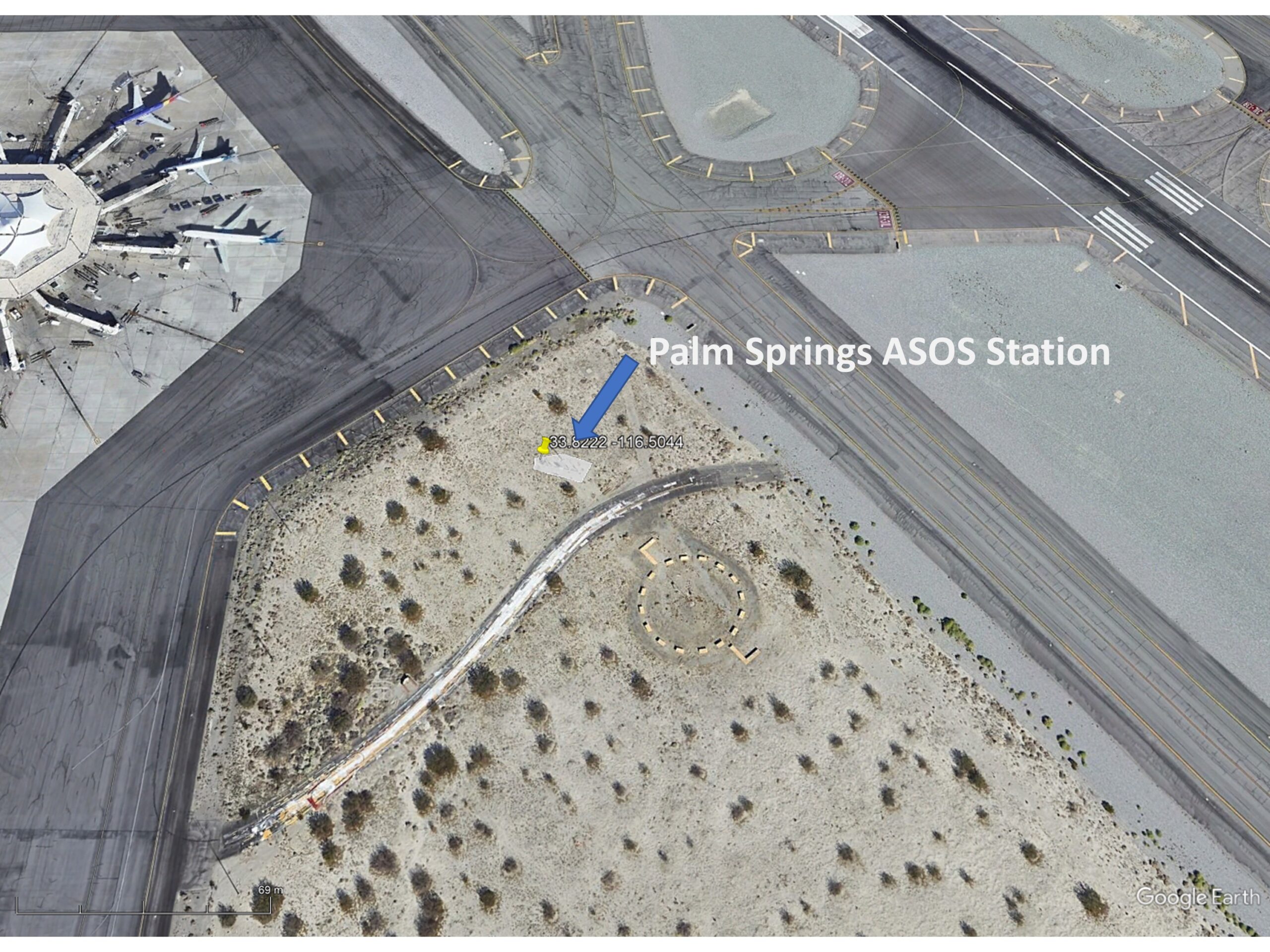
What is somewhat amusing is that ASOS meteorological instrument siting guidance favors natural surfaces for placement, but since most of these weather stations are at airports (and since they primarily support aviation weather needs, not climate monitoring needs), the “natural” location is usually right next to runways, aircraft, and paved roads.
The next Google Earth image is zoomed out to show the greater Palm Springs area, with the ASOS site in the center (click on the image to zoom, then click to zoom more).
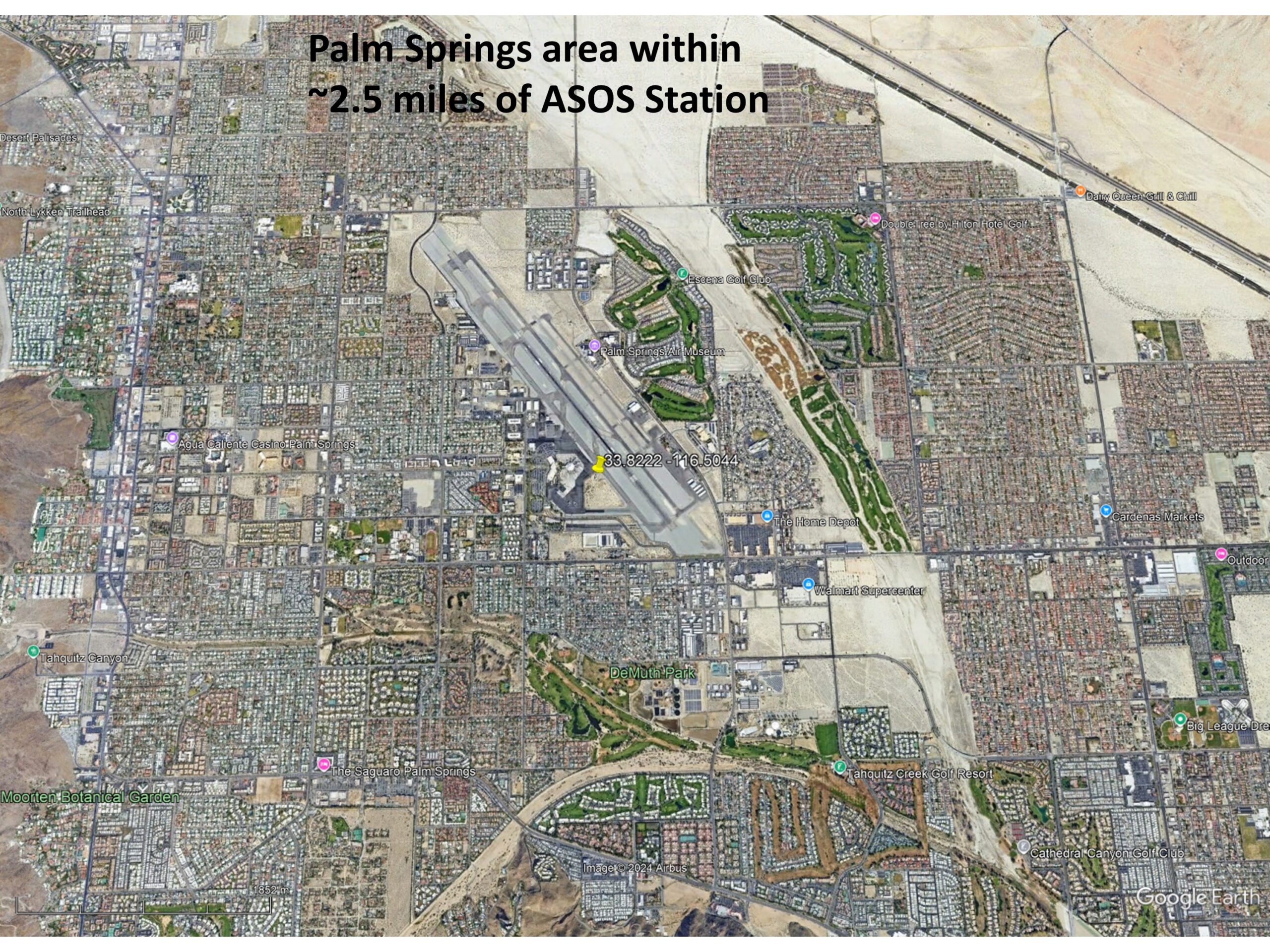
Record July Temperatures and Urbanization
It only makes sense that people want to know the temperature where they live, and most of the U.S. population resides in urban or suburban locations. Yet, the temperatures they experience are, probably without exception, higher than before people moved there and started building roads, buildings, and airports.
But what is misleading for those following the global warming narrative is that record high temperatures reported at these locations almost always mention climate change as a cause, yet they have no way of knowing how much urbanization has contributed to those record high temperatures. (Remember, even without global warming, high temperature records will continue to be broken as urbanization increases).
As mentioned above, on July 5, 2024 Palm Springs broke its all-time high temperature record, reaching 124 deg. F. There are 26 other daily GHCN stations within 40 miles of Palm Springs, all with varying levels of urbanization, but even more importantly, at very different elevations. If we plot the high temperatures reported for July 5 at those stations as a function of station elevation, we see that Palm Springs is an “outlier”, 5 degrees warmer than would be expected based upon its elevation-corrected expected temperature (the dashed regression line):
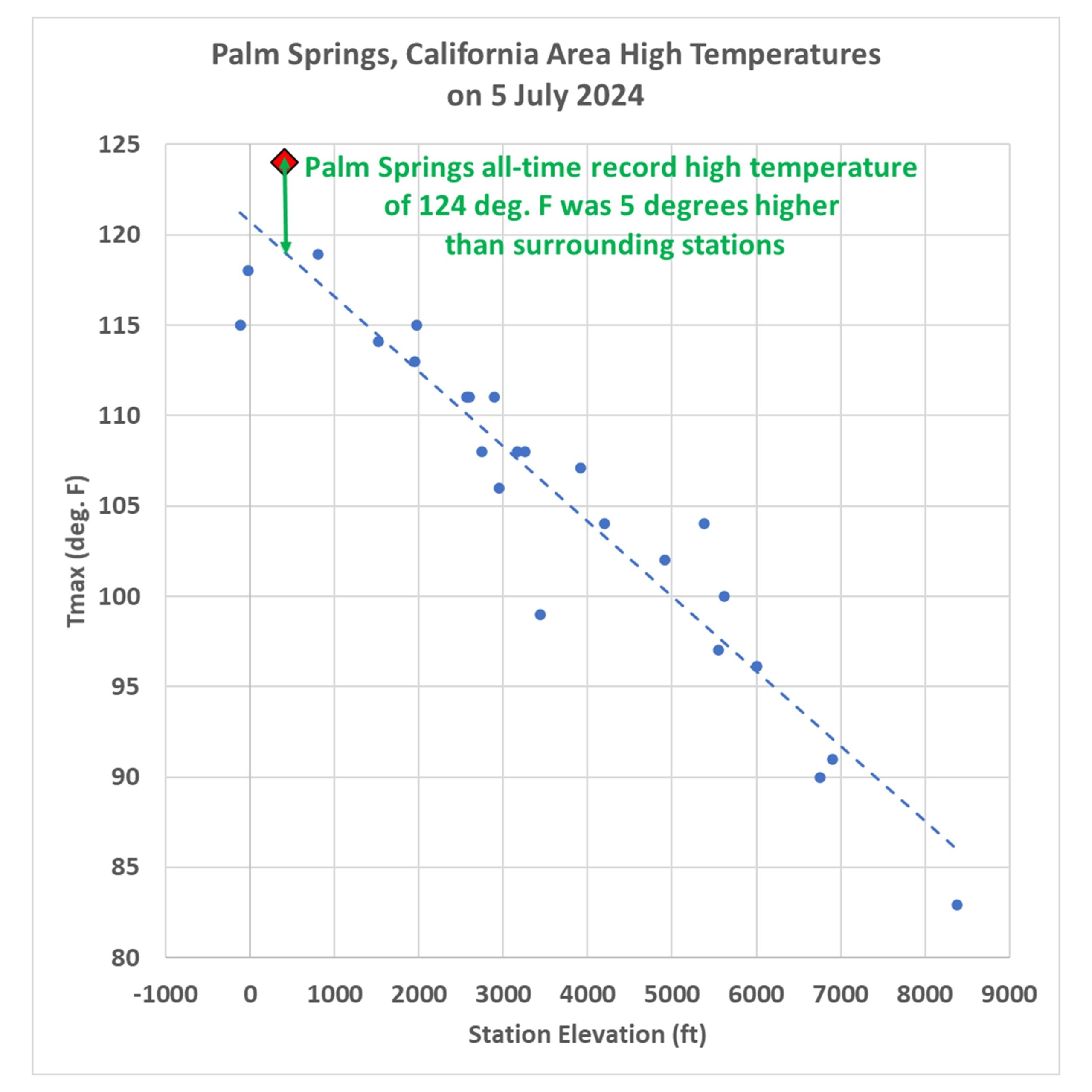
Now, keep in mind that many (if not most) of those 26 surrounding stations have their own levels of urbanization, making them hotter than they would be in the absence of pavement and roofs. So, that 5 deg. F excess is likely an underestimate of how much urban warming contributed to the Palm Springs record high temperature. Palm Springs was incorporated in 1938, and most population growth there has been since World War II.
If you are curious how the previous plot looks for the average of all July temperatures, here it is:
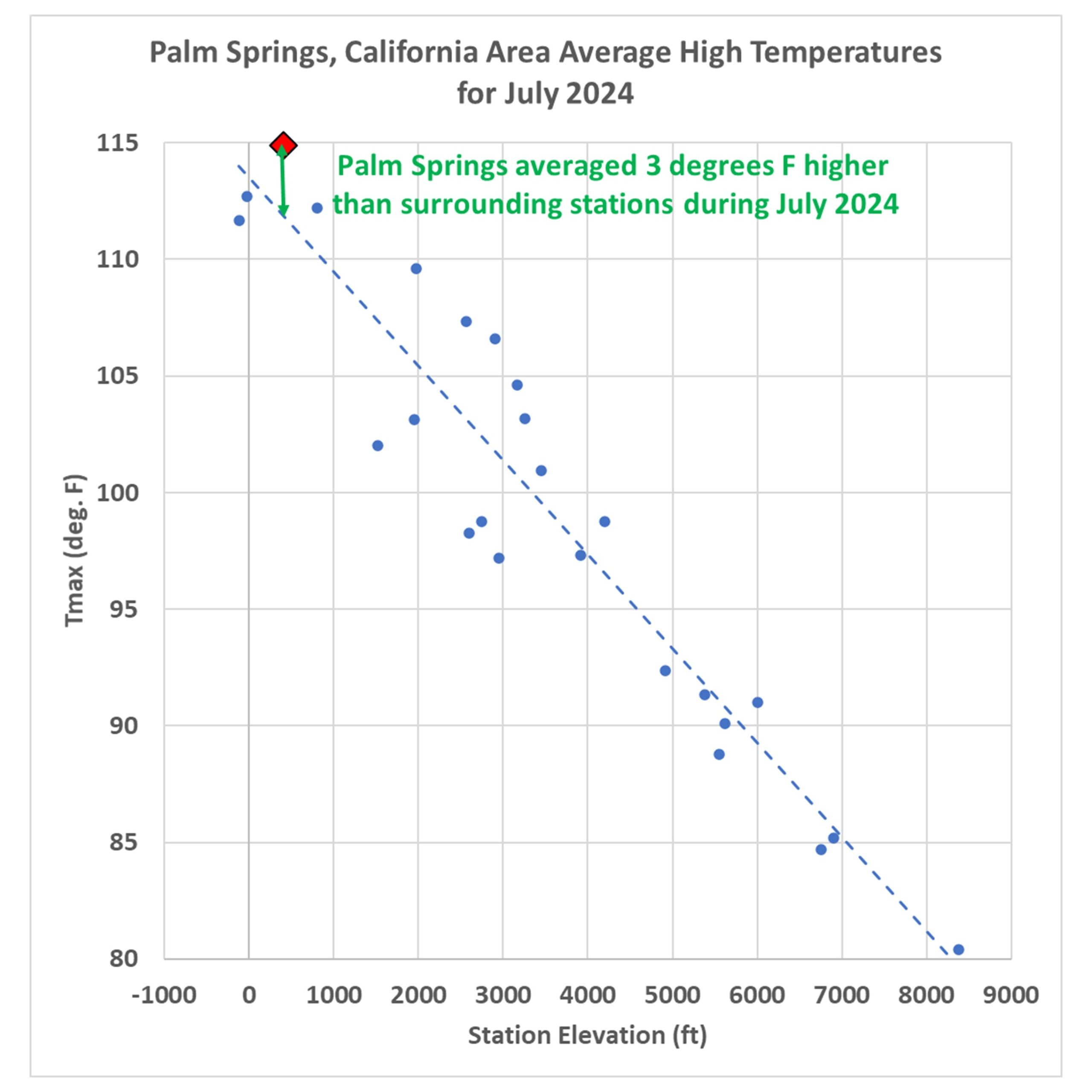
For the month of July, Palm Springs averaged 3 deg. F warmer than the surrounding stations (after adjusting for elevation effects, and keeping in mind that most of the *other* stations likely have their own levels of urbanization).
Clearly, Palm Springs has had spurious warming influence from the airport and surrounding urbanization which did not exist 100 years ago. But how much?
Impervious Surface Data as a Surrogate for Urbanization
This blog post is a prelude to a new project we’ve started where we will compare daily (as well and monthly) temperatures to a relatively new USGS dataset of yearly impervious surface coverage from 1985 to 2023, based upon Landsat data. I had previously experimented with a “Built Up” dataset based upon Landsat data, but it turns out that was just buildings. The “impervious surface” dataset is what I believe will have the greatest direct physical connection to what causes most UHI warming: roads, parking lots, roofs, etc. I think this will produce more accurate results (despite being only ~40 years in length) than my population density work (which is, we hope, close to being accepted for publication).

 Home/Blog
Home/Blog